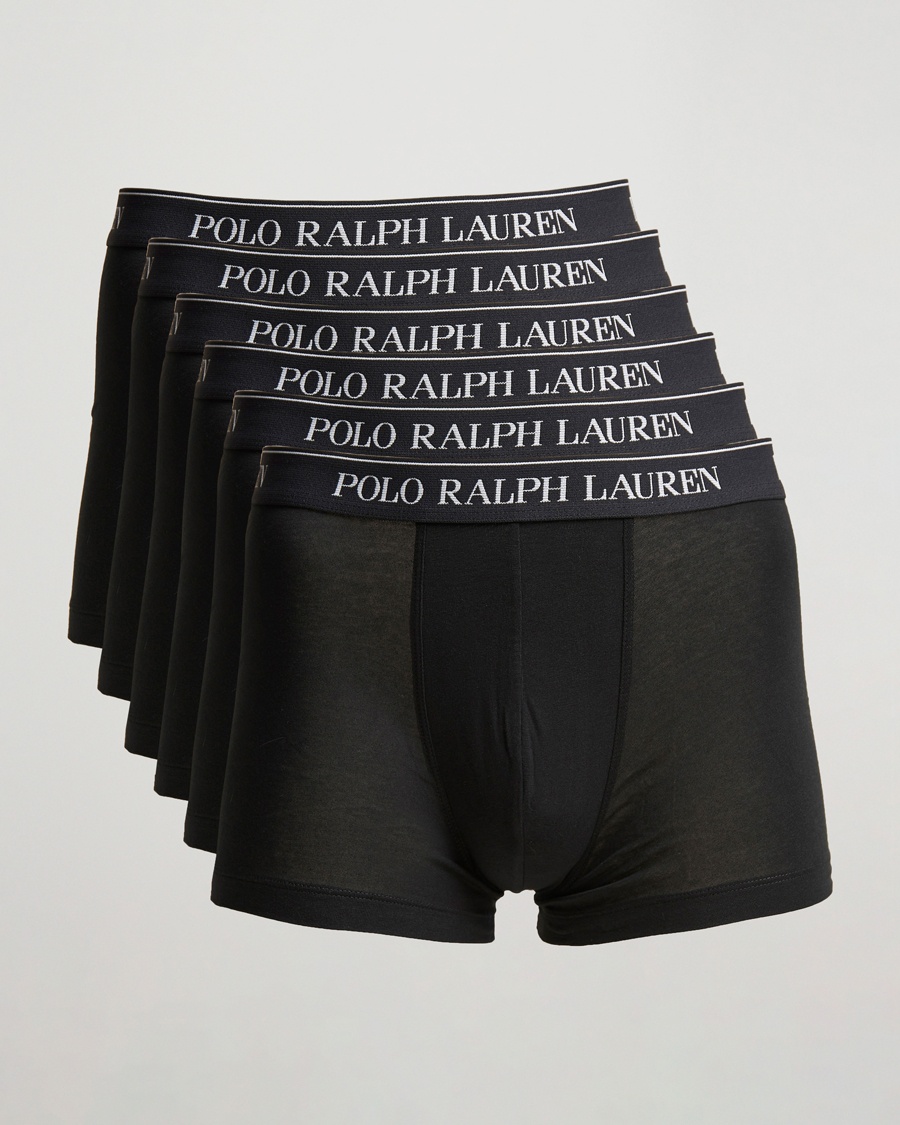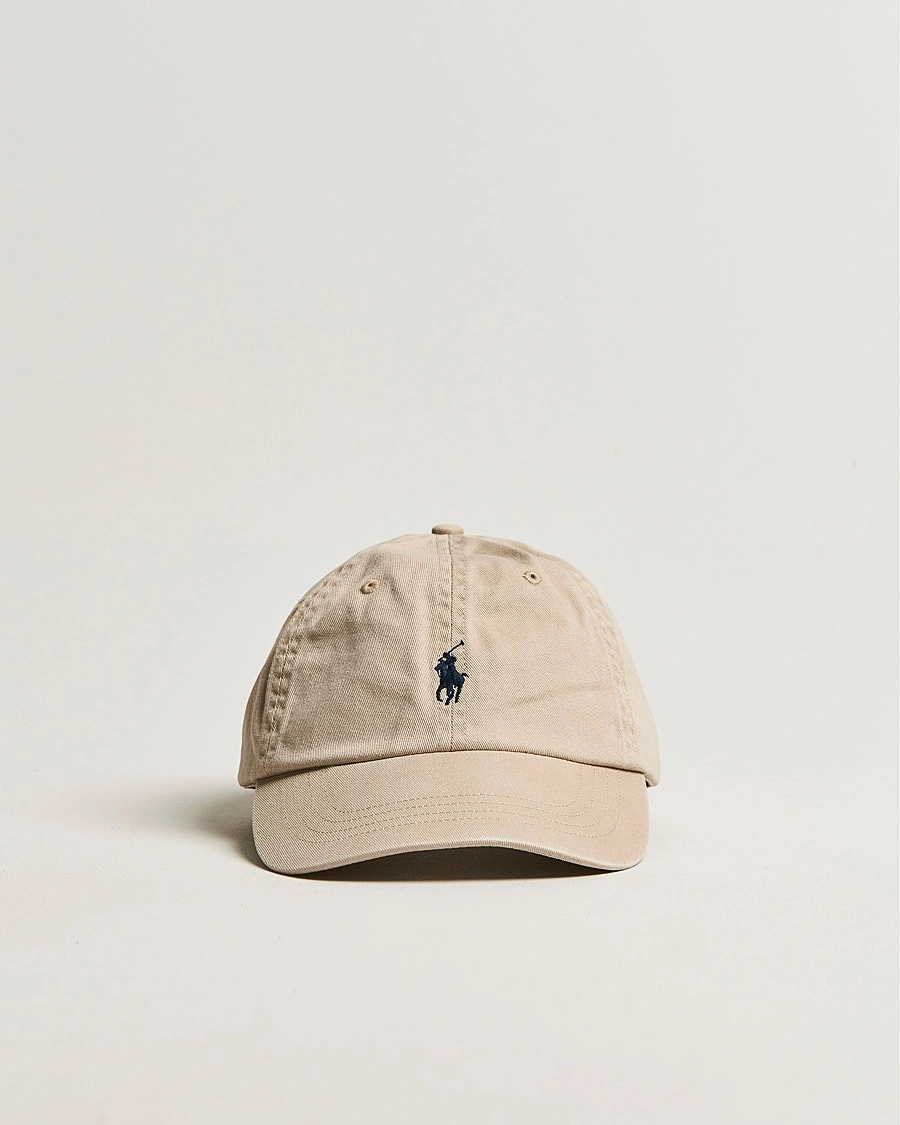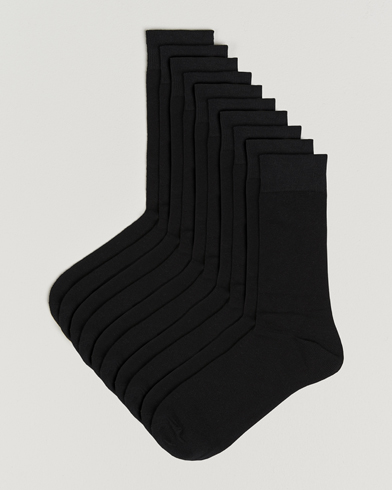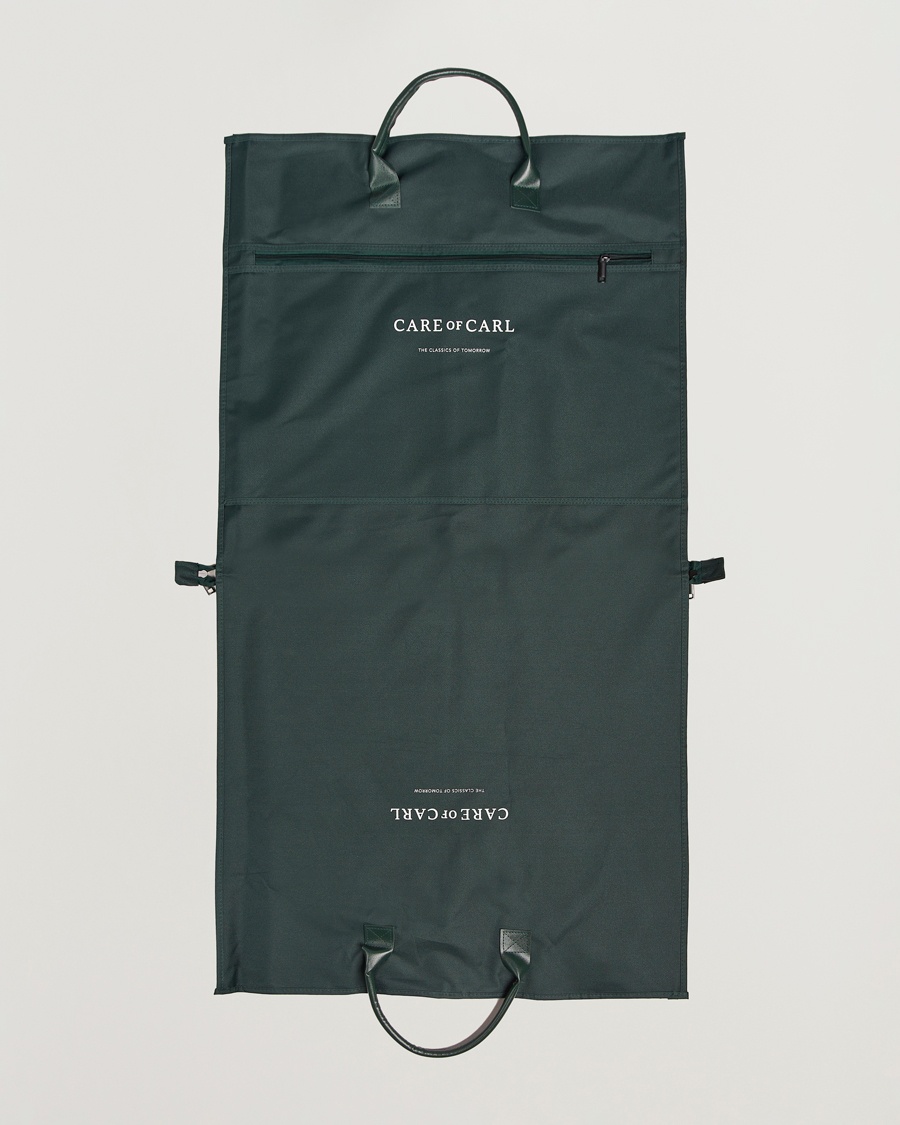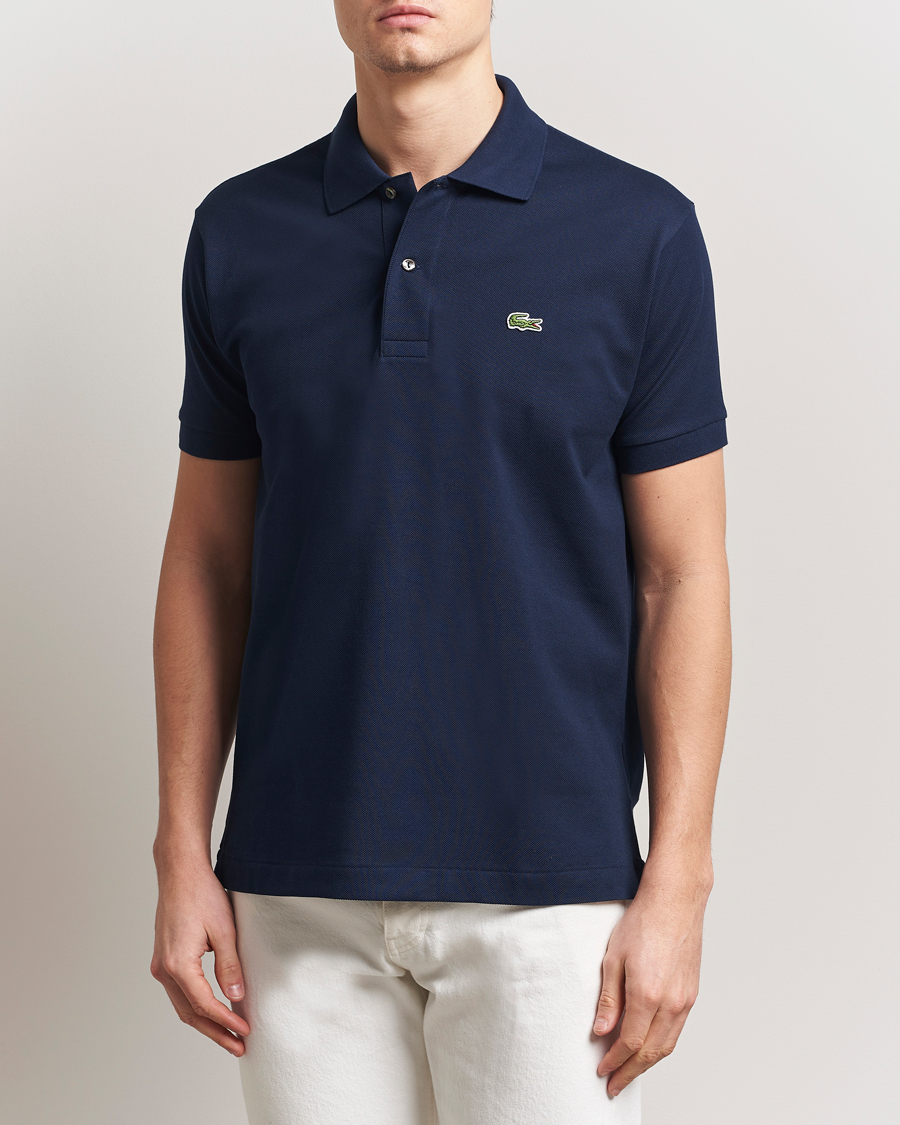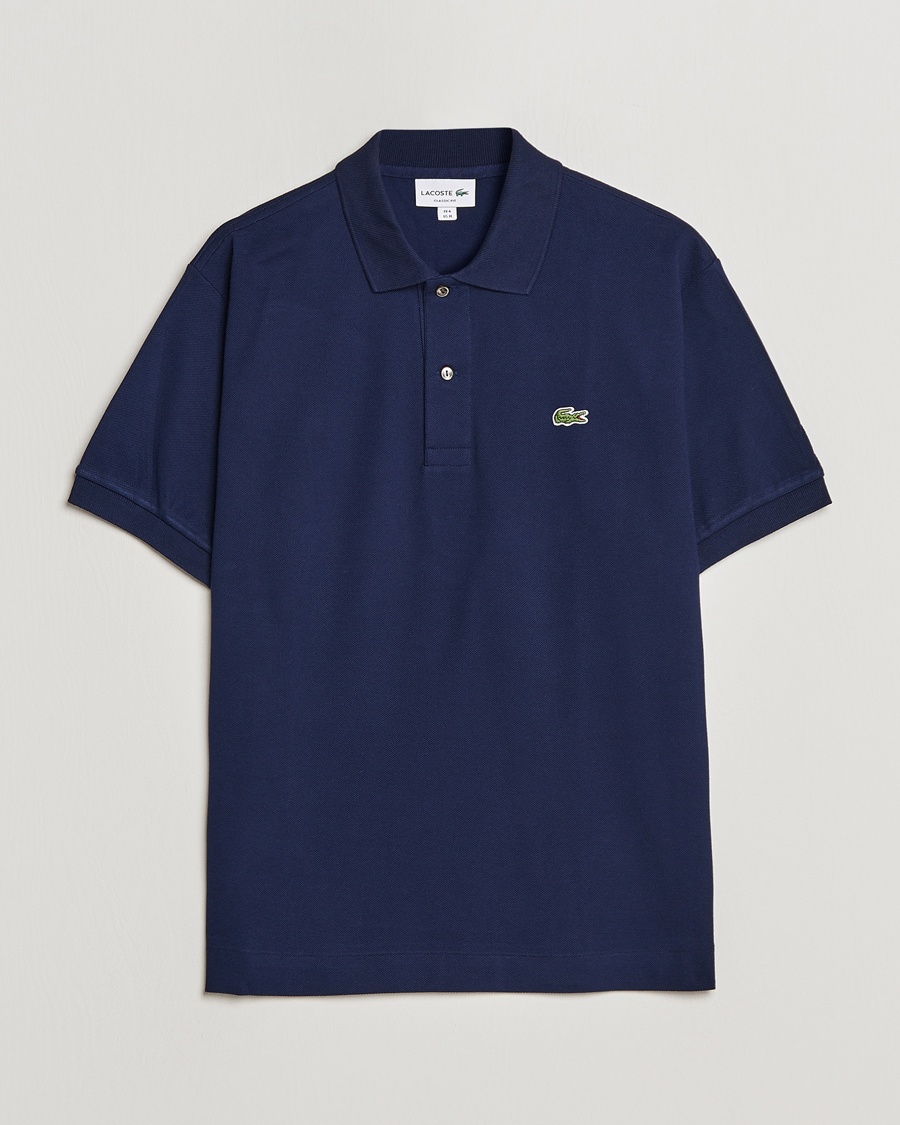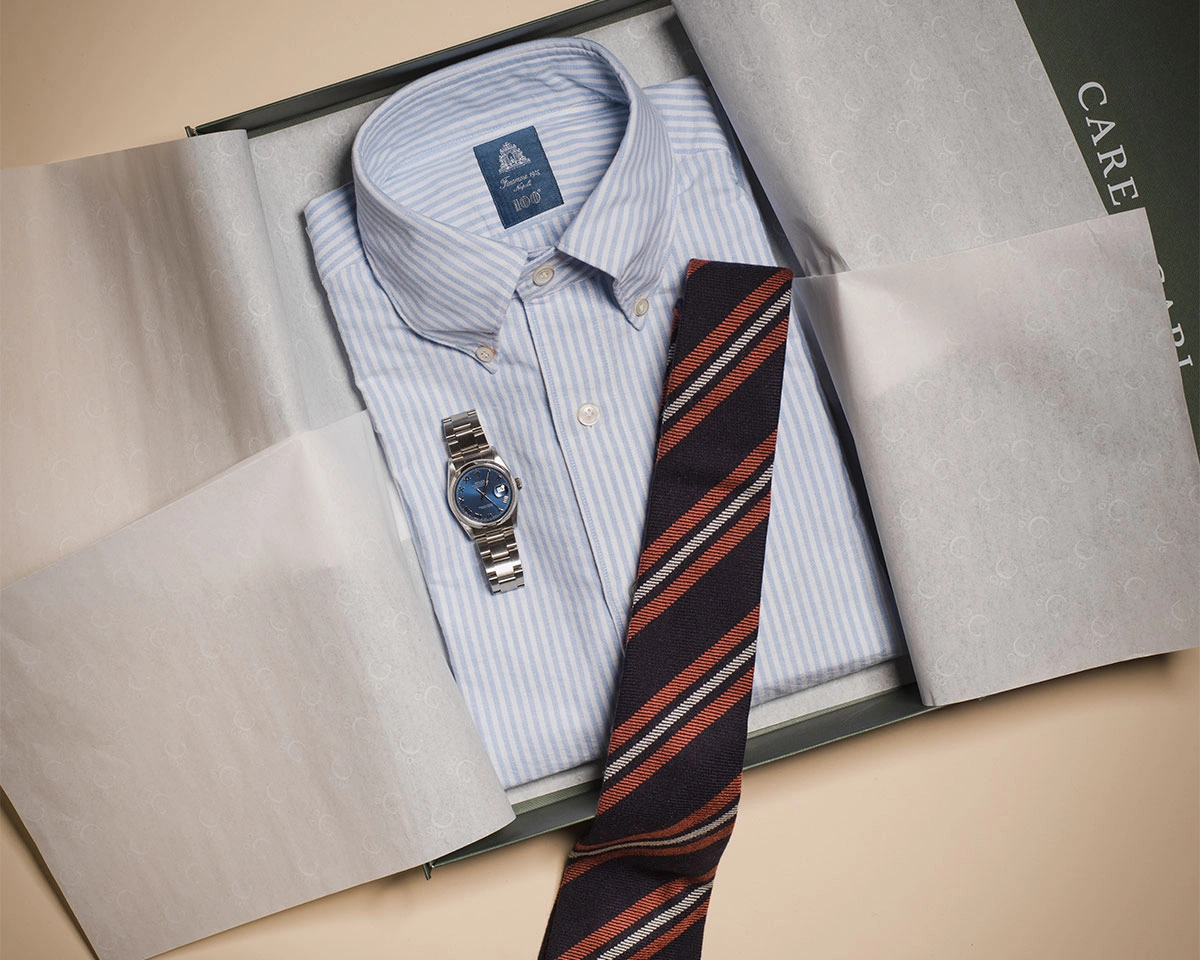The Summer Favourite: The Polo Shirt
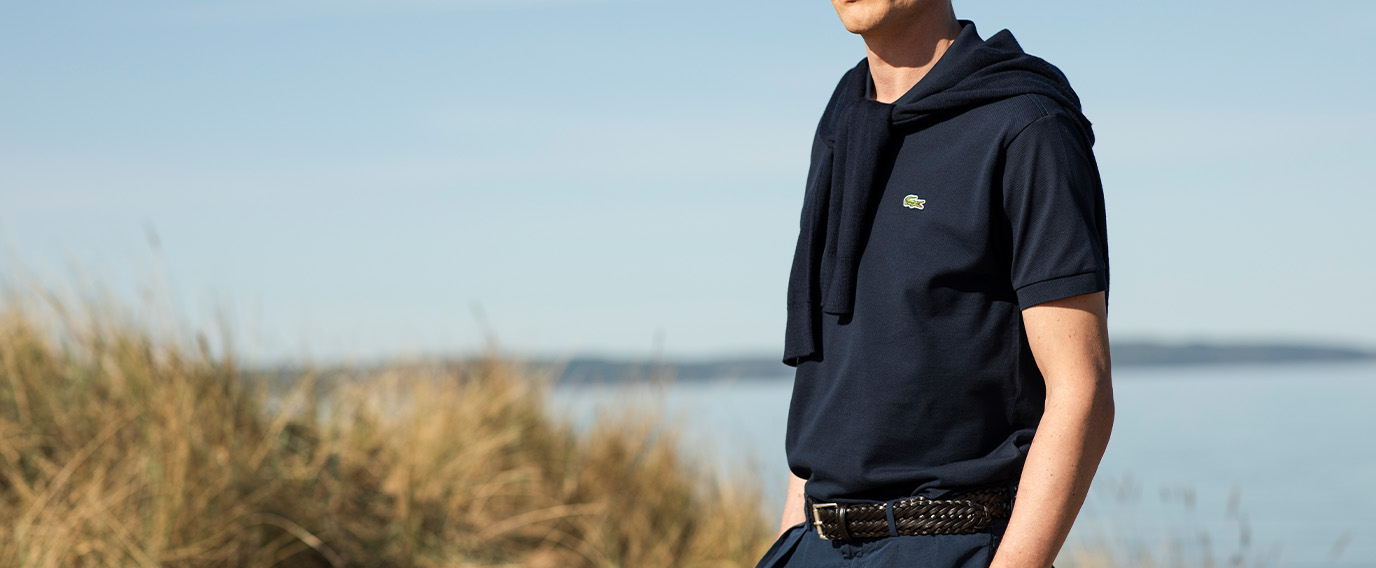
The history of the polo shirt begins on the tennis courts of the 1920s. French tennis star René Lacoste found the traditional tennis attire of the time – long-sleeved shirts and ties paired with full-length trousers – impractical for the game. So, he took it upon himself to design a new garment that better suited the sport’s demands while maintaining a sense of style.
The result was a short-sleeved cotton shirt made from piqué knit – a breathable, durable fabric that was quickly embraced. With its soft collar, buttoned placket and extended back hem (to keep it tucked in during movement), a design was born that married athletic functionality with unexpected elegance. When Lacoste later adorned the garment with his now-famous crocodile logo – an homage to his nickname – the polo shirt not only had its practical form, but its iconic status as well.
While it's easy to credit René Lacoste entirely with the creation of the polo shirt, the story has more layers. As early as the 19th century, British officers had reported seeing Indian polo players wearing knitted cotton shirts with button-down collars – garments that could be seen as precursors. However, it wasn’t until Lacoste’s innovation that the shirt took on the form and function we recognise today – and crucially, its widespread appeal.
It was in the 1930s that the shirt began to be produced on a larger scale, coinciding with when René established his brand Lacoste. The polo shirt quickly spread; other sports also benefited from this stylish piece more suited to physical activity. It wasn’t long before the polo shirt made the leap from tennis courts to golf courses and leisure clubs, becoming a symbol of relaxed sophistication.
From Sport to Style
The polo shirt has undergone a transformation from sportswear to fashion icon. In the 1950s, British tennis star Fred Perry launched his own version, and across the Atlantic in 1972, Ralph Lauren introduced his interpretation as part of his Polo brand. With an embroidered polo player on the chest and a range of colours, the shirt became a symbol of preppy style and a staple in the American wardrobe.
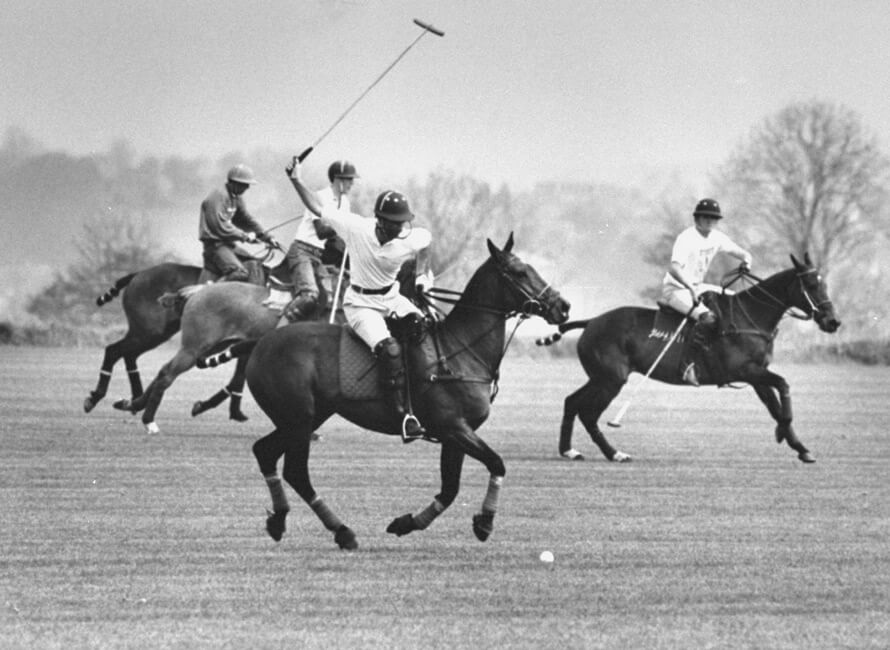
Style Icons and Cultural Figures
The polo shirt has been worn by countless style icons over the years, which contributed to its elevated status. President John F. Kennedy frequently sported polos during summers in Hyannis Port – a look that came to define the relaxed elegance of the American East Coast. Steve McQueen made the shirt part of his trademark look: simple, self-assured and subtly rebellious. More recently, figures like David Beckham and Daniel Craig (or James Bond, if you prefer) have shown how the polo shirt can be worn both casually and with sophistication – from sun-drenched holidays to more refined occasions.


A Versatile Wardrobe Classic
The polo shirt works best when worn simply. Pair it with light chinos and loafers for a classic summer look, or with jeans and trainers for a more stripped-back everyday style. On warmer days, it’s ideal with linen shorts and moccasins, while in the evening it can easily be dressed up with an unstructured linen blazer. The key lies in contrast and fabric choices: for a relaxed look, the classic piqué mesh works perfectly, as does the contemporary summer favourite, terry cloth. Equally, it’s easy to dress up, opt for versions in merino wool or silk blends.
Colour choice also plays a part. Navy, white and forest green are timeless shades that speak for themselves and suit any occasion. That said, don’t shy away from expressing your personality and style with bolder hues: a yellow, red or purple polo could be just what’s needed to add vibrancy to an otherwise neutral palette.
Thanks to its rich history and ability to adapt to changing fashion trends, the polo shirt remains an indispensable part of the modern man’s wardrobe. Whether you’re at a summer party, on the golf course or enjoying a relaxed dinner, the polo shirt offers the perfect balance of comfort and style.







